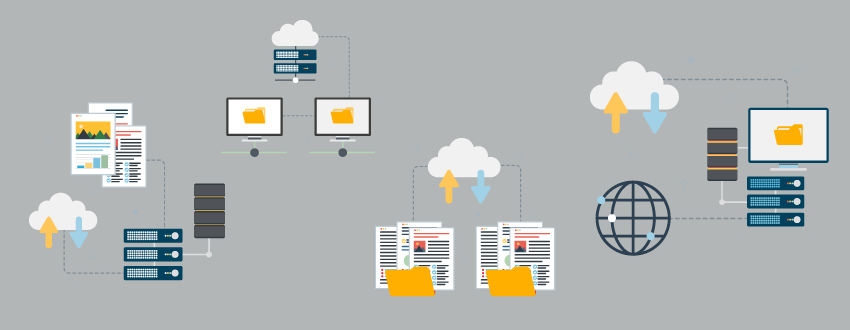
FTPS vs. SFTP
You may have heard of FTPS and SFTP, but chances are that you may not be super familiar with them. If you haven’t had a chance to dive in deep, read on for a more in-depth look into FTPS, SFTP, and which of the two is faster.
What is FTPS?
FTPS (FTP over SSL/TLS), or File Transfer Protocol over Secure Sockets Layer/Transport Layer Security, is a secure FTP protocol that allows you to protect and exchange files with trading partners, employees, and clients. For connection authentication, FTPS uses a combination of user IDs, passwords, and/or certificates to verify a system’s authenticity. Like basic FTP, FTPS uses two connections: a command channel and a data channel. You can choose to encrypt both connections – or only the data channel.
Related Reading: FTPS Client
What is SFTP?
SFTP (FTP over SSH – Secure Shell) is a secure FTP protocol that sends files over SSH, providing a high level of protection for file transfers. It also offers several ways to authenticate a connection—with a user ID and password, SSH key, or a combination of a password and SSH key—for organizations that require stronger authentication.
Related Reading: SFTP Client
Which is Faster?
Besides the type of encryption each method uses and the different processes of authentication, FTPS and SFTP are also not identical when it comes to speed.
FTPS was designed to be more speed-friendly, with the control and data channel running asynchronously in two distinct connections in order to achieve the highest possible data transfer speed. With SFTP, control and synchronization packets are sent on the same channel as data packets. This may cause SFTP to be slightly, but NOT significantly, slower than FTPS.
Is Speed Really the Ultimate Factor?
Speed, overall, should not be the ultimate factor that differentiates FTPS and SFTP. Especially when you consider that you might be more limited by the speed of your network alone than by the overhead of the protocols.
Although SFTP has things going on overhead that FTPS doesn’t have to worry about, there is still a lot to consider in terms of which protocol is a better choice – not just a potentially faster one.
The Better Option?
When it comes to implementing, SFTP is considered the easier protocol to implement compared to FTPS. SFTP is very firewall friendly, only needing a single port number (default of 22) to be opened through the firewall. The single SFTP port can be used for all communications, including the initial authentication, any commands issued, and any data transferred.
Unfortunately, FTPS can be very difficult to patch through a tightly secured firewall because it uses multiple port numbers.
Related Reading: Secure FTP
The Winner – Regardless of Speed
Although FTPS has the potential to be faster, it’s clear that SFTP holds the upper hand over FTPS.
Know the Terms: GoAnywhere Glossary
Is it Time to Start Securely Transferring Your Data?
Strengthen the security of your data in transit. Take the first step by downloading our free trial of GoAnywhere.
